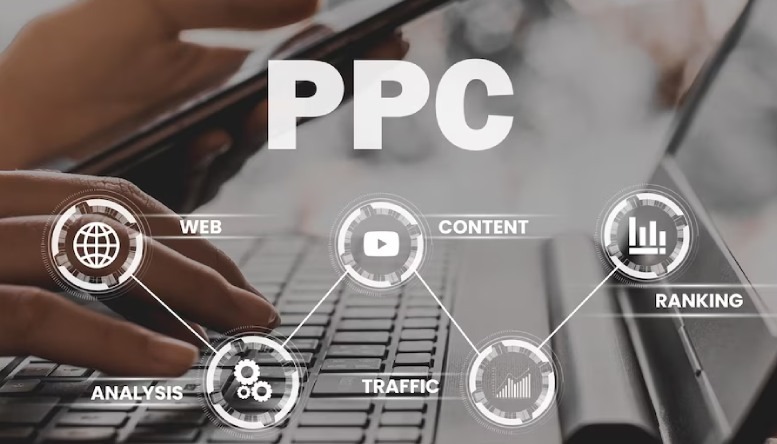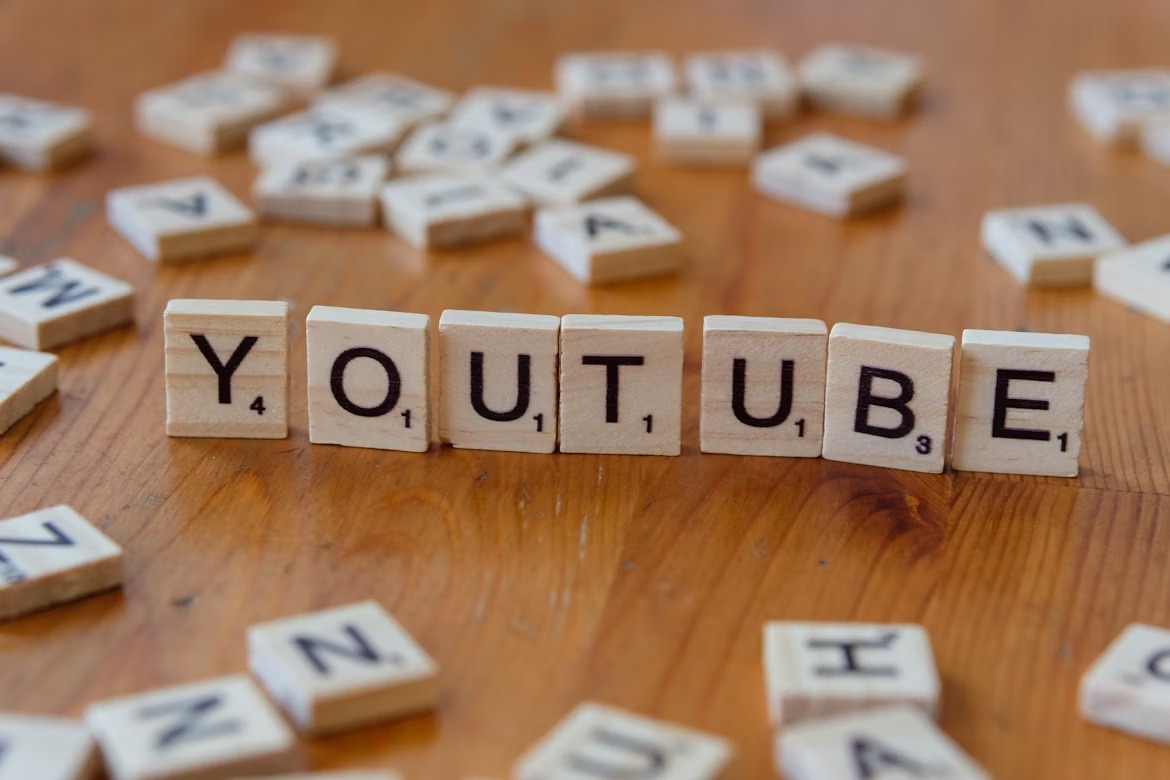From Clicks to Conversions How to Maximise Your ROI with Digital Marketing

Introduction
Digital marketing isn’t just about getting traffic—it’s about turning that traffic into real business outcomes. Whether you’re running a startup or managing a growing enterprise, the ultimate goal of your digital strategy should be to maximise return on investment (ROI). Getting clicks is one thing; generating leads, sales, and long-term customers is another.
In this in-depth guide, we’ll break down how to maximize your digital marketing ROI, from improving your website and ad campaigns to leveraging analytics and automation.
What is Digital Marketing ROI?
Digital Marketing ROI refers to the value you gain from your digital marketing investments compared to the cost of those activities. In simple terms:
ROI = (Net Profit from Digital Campaign / Cost of Campaign) x 100
A high ROI with the help of a digital marketing agency means your marketing efforts are working efficiently—bringing in more revenue than they cost.
Step 1: Set Clear, Measurable Goals
Before you can maximise ROI, you need to define what success looks like. Are you aiming to:
- Increase website traffic?
- Generate more leads?
- Boost sales conversions?
- Improve customer retention?
Use SMART goals—specific, measurable, achievable, relevant, and time-bound. This helps you focus your budget and efforts on strategies that support tangible results.
Step 2: Know Your Audience Inside and Out
Understanding your audience is the foundation of high-ROI campaigns. Create detailed buyer personas to map out:
- Demographics (age, location, income)
- Interests and behaviours
- Pain points and motivations
- Preferred platforms (social media, email, search engines)
Use tools like Google Analytics, Facebook Audience Insights, and customer surveys to gather data.
Step 3: Optimise Your Website for Conversions
Your website is your digital storefront. If it’s not converting visitors into leads or customers, you’re wasting traffic.
Key website optimisation tips:
- Fast Load Speed: Use tools like GTmetrix or PageSpeed Insights to speed up your site.
- Mobile Responsiveness: Ensure your site is seamless on all devices.
- Clear CTAs (Calls-to-Action): Every page should guide users toward a specific action.
- Trust Signals: Include testimonials, reviews, security badges, and real photos.
- Landing Pages: Create targeted landing pages for campaigns to improve relevance and reduce bounce rates.
Step 4: Focus on High-ROI Channels
Not all digital marketing channels offer the same return. Focus your efforts on the ones that deliver the best value for your business.
Top high-ROI channels in 2025:
- SEO (Search Engine Optimisation): Generates long-term, sustainable traffic.
- Email Marketing: Offers one of the highest ROIs with personalised and segmented campaigns.
- PPC Advertising: Great for immediate visibility, especially with proper targeting and ad copy.
- Social Media Ads: Platforms like Meta and LinkedIn provide robust targeting options.
- Content Marketing: Builds trust and drives organic traffic over time.
Step 5: Use Data and Analytics to Track Performance
You can’t improve what you don’t measure. Use analytics tools to track:
- Traffic sources
- Conversion rates
- Bounce rates
- Cost per lead/customer
- ROI by channel
Recommended tools:
- Google Analytics 4
- HubSpot or Salesforce (for CRM and marketing automation)
- SEMrush or Ahrefs (for SEO tracking)
- Hotjar (for user behaviour and heatmaps)
Identify what’s working and double down on those strategies. Cut or adjust what’s underperforming.
Step 6: A/B Test Everything
Optimisation is a process. Continuously test your:
- Landing pages
- Ad headlines and descriptions
- Email subject lines and content
- CTAs
- Pricing and offers
Even small tweaks—like changing button colours or rewording headlines—can significantly improve conversions over time.
Step 7: Implement Marketing Automation
Automation saves time, reduces manual effort, and boosts ROI by delivering the right message to the right person at the right time.
Automate:
- Welcome emails
- Abandoned cart reminders
- Lead nurturing sequences
- Retargeting ads
Tools like Mailchimp, Klaviyo, and ActiveCampaign allow you to set up powerful automation workflows.
Step 8: Nurture Leads with Email and Remarketing
Not every click leads to an immediate sale. Use email marketing and remarketing to stay top of mind:
- Segment leads based on behaviour and interests
- Send targeted, value-driven email campaigns
- Use dynamic retargeting ads to bring users back to your site
This approach increases conversions while making the most of your existing traffic.
Step 9: Align Sales and Marketing Teams
When your sales and marketing teams are aligned, you get better-qualified leads and higher conversion rates. Create shared goals, feedback loops, and workflows that ensure both teams are on the same page.
Use a CRM system to manage lead data and track engagement across both teams.
Step 10: Continually Optimise and Scale
Digital marketing success isn’t a one-time task—it’s ongoing. To maximise ROI:
- Review analytics weekly or monthly
- Keep testing and improving
- Scale what works: increase ad spend or content output on high-performing channels
- Stay updated with trends: AI, voice search, and new algorithms change the game frequently
Common Mistakes That Kill ROI
Avoid these pitfalls that drain your marketing budget:
- Targeting the wrong audience
- Poor landing page experience
- Ignoring mobile users
- Not tracking or testing campaigns
- Focusing on vanity metrics over conversions
Conclusion
Clicks are easy. Conversions? That’s where real growth happens.
By focusing on audience understanding, campaign testing, and data-driven strategy, you can dramatically increase your digital marketing ROI. Whether it’s SEO, email, paid ads, or automation, every piece should work together to move prospects from interest to action.
If you’re ready to turn your clicks into long-term value, start implementing these steps today—or partner with a trusted digital marketing agency that’s ROI-focused from day one.




